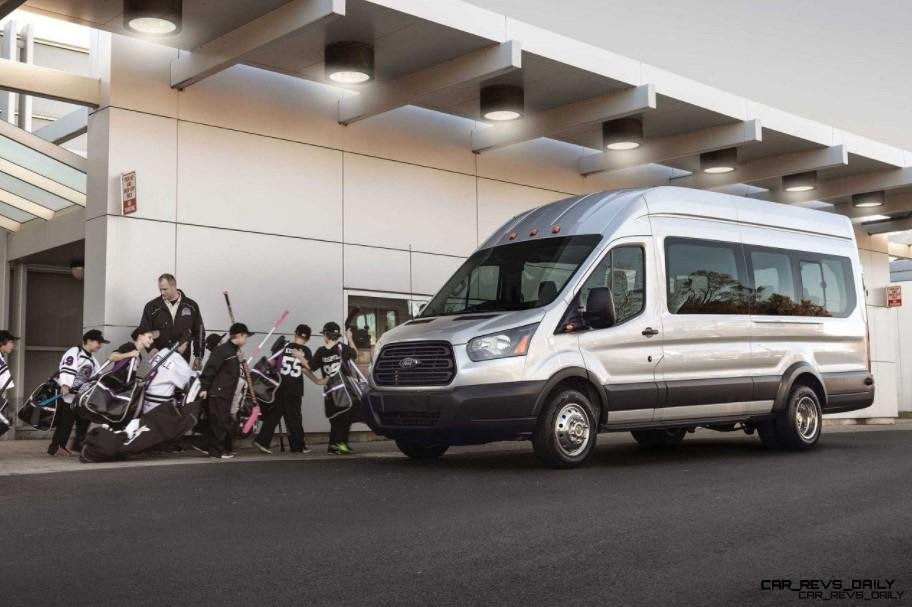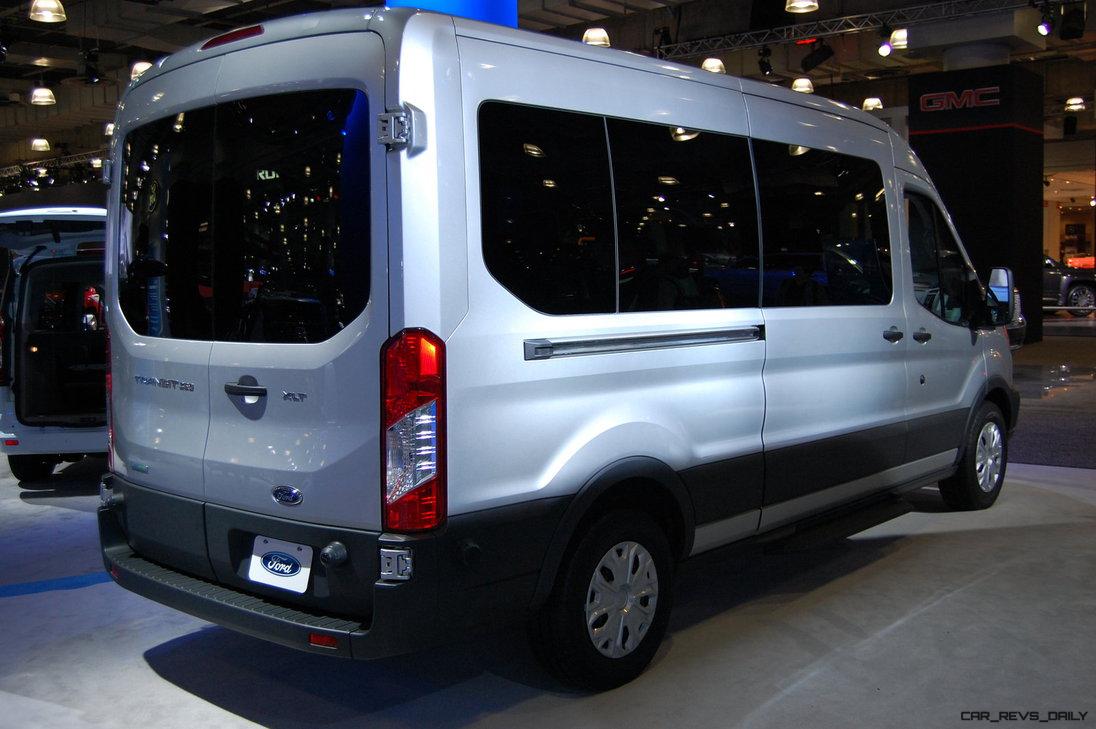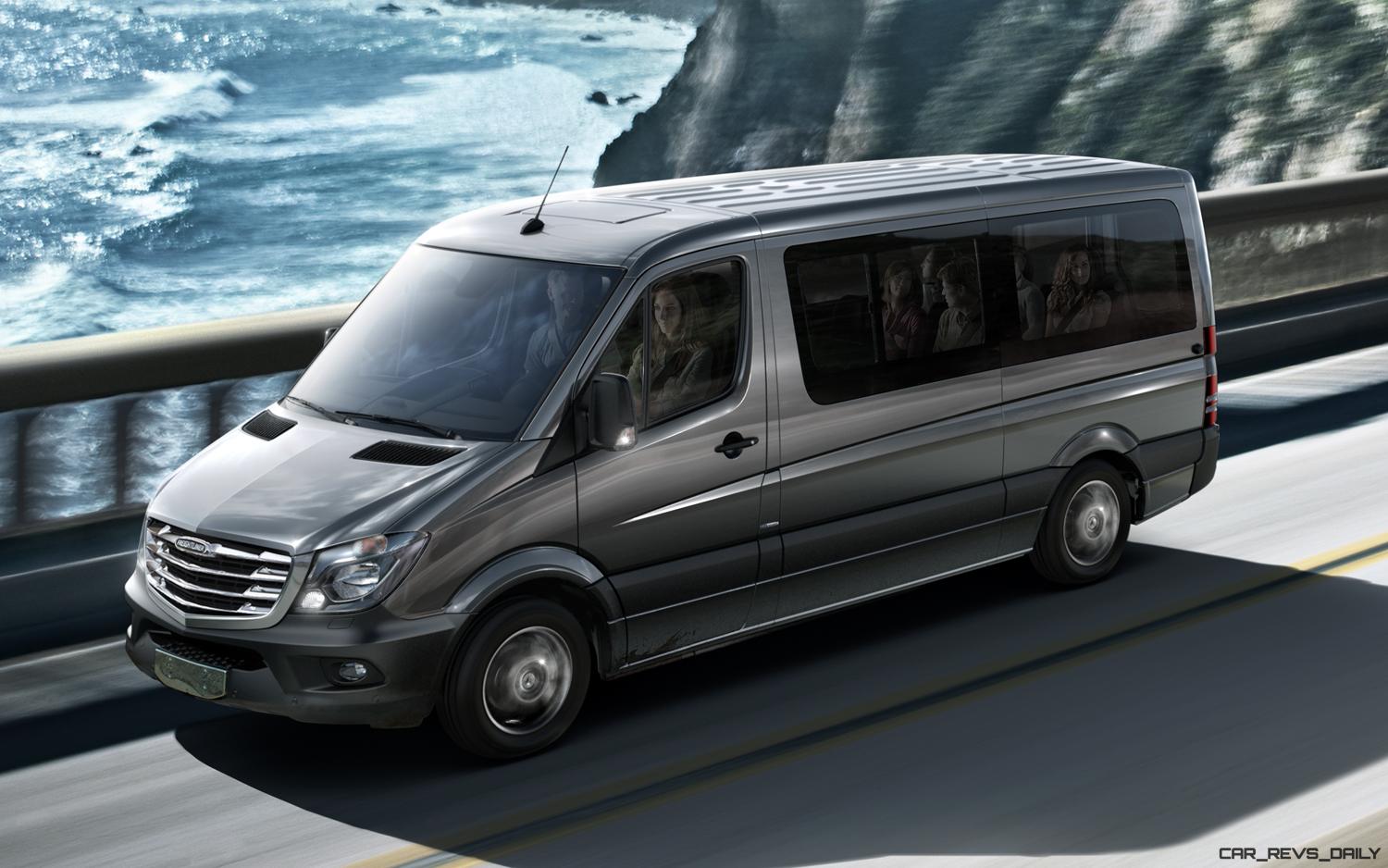Cargo vans can be a great investment for both business and personal use — they’re designed to carry everything you need from point A to point B, whether you’re hauling cargo or the local Little League team. If you’re looking to make your next vehicle purchase a cargo van, here are a few of the best choices on the market today.
Ford Transit
Ford has always been a great choice for hauling — their F-series trucks are some of the best on the market when it comes to towing and hauling power, but it takes more than the manufacturer’s reputation to earn the title of best cargo van. The Transit comes equipped with a standard V6 3.7L gasoline engine and an automatic transmission, making it ideal for anyone who doesn’t drive a stick or handle diesel well.
It’s also got one of the largest cargo areas of all the vans on our list, coming in at 357 cubic feet. Not only does this make it ideal for hauling cargo, but there are tons of aftermarket accessories you can get to keep your tools or cargo organized. Shelves, floors, bumper steps and ladder racks make it easier to keep everything straight, so you can get right to work as soon as you arrive.
Mercedes Benz Sprinter
Choosing a Mercedes cargo van may cost you a bit more initially, but it’s almost always worth it in the long run. Its cargo bay is slightly smaller than the Transit with 319 cubic feet of cargo volume, and it comes equipped with a 2.1L 4-cylinder turbo diesel, which is great if you’re hauling heavy cargo or need some extra towing power. You can upgrade to a V6 if you need an edge. The standard transmission is a 7-speed automatic, but there is an option for a 5-speed automatic transmission if you don’t need the extra gears.
It can comfortably fit two people in the cabin and will make sure you get from point A to point B with all your equipment intact.
Dodge ProMaster
Dodge has four different cargo van models to choose from — all designated ProMaster, each has a different wheel base and cargo volume. The smallest model has a 118” wheelbase and a maximum cargo volume of 259 cubic feet, while the largest has a 159” wheelbase and a maximum cargo volume of 462.8 feet.
Unlike the Sprinter and the Transit, the ProMaster is front-wheel drive, which provides better control if the cargo compartment is empty. Anyone who’s ever driven a rear-wheel drive pickup truck with nothing in the bed knows how tricky they can be on wet roads.
Chevrolet Express
One of the smallest entries on our list, the Express looks less like a cargo van and more like a typical full-sized van — but what it lacks in size, it makes up for in cargo space. This little van has room for 313 cubic feet of cargo space, making it ideal for hauling equipment when you need to drive into tighter spaces than any of the other vans we’ve listed so far could manage. It also does have optional seating, so if you need to haul people instead of equipment, opt for the cargo area seating to turn your 2-person van into a 5-person one.
Which One to Choose?
It’s hard to say which van is best — each one of the cargo vans we’ve listed has its pros and cons, and one may work better for your individual needs than any of the others. If we had to pick one, though, we’d have to go with the Ford Transit. It’s got great space, a gas engine and more aftermarket accessories than we can shake a stick at.




Scott Huntington is a writer and car fanatic from Harrisburg, PA.

